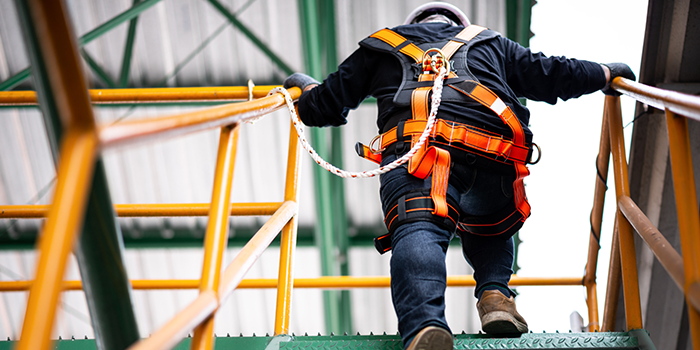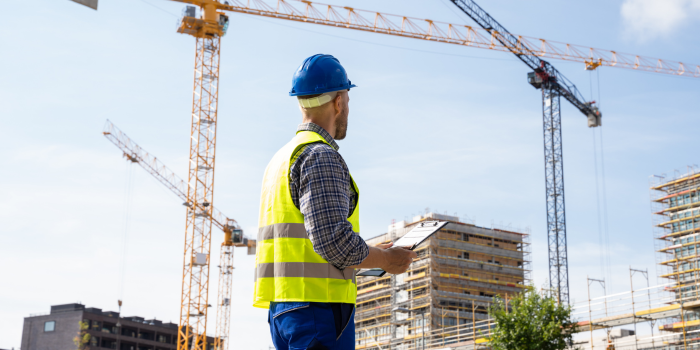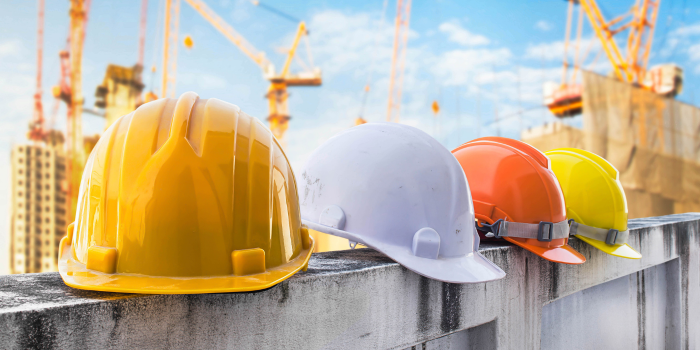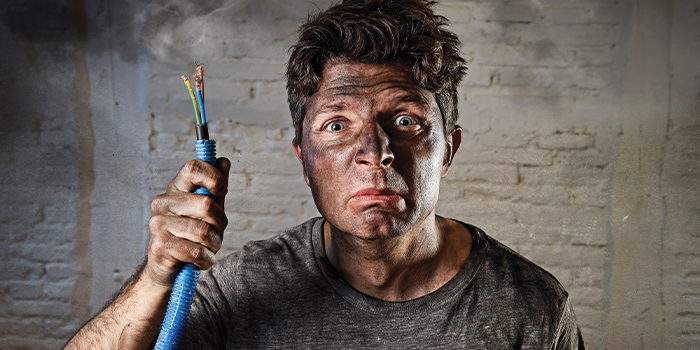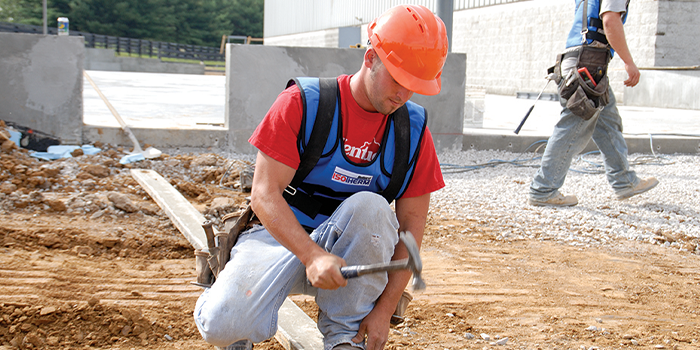Stop the Fall
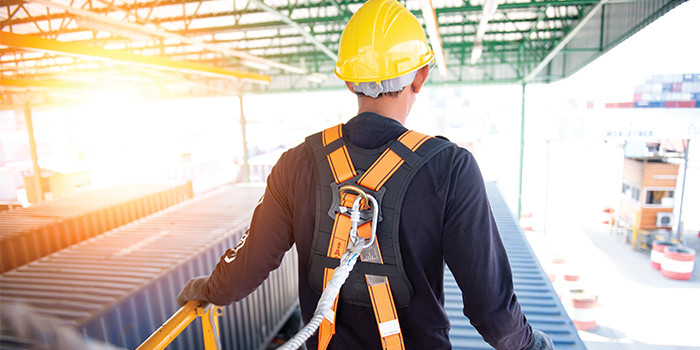

Spray Foam Magazine – Late Summer 2021 – Falls continue to be one of the highest causes of injury and death in the U.S. workplace. However, trips and falls can be prevented with employers ensuring that the work area is set up in such a way that all OSHA fall protection guidelines are adhered to. For example, OSHA requires fall protection be provided at elevations of six feet in the construction industry and that fall protection be provided when working over hazardous equipment and machinery, irrespective of the fall distance.
Practical Approach
- The number of injuries can be reduced by taking a practical approach:
- Strategize and organize work properly.
- Make sure that people involved in work at height are aware of OSHA guidelines and train in a language they understand.
- Keep walkways on site clear of obstructions.
- Employers are to provide required personal protective equipment.
- Select and use the correct equipment.
- Regardless of height, if a worker can fall into or onto dangerous machines or equipment employers must provide guardrails and toe-boards to prevent workers from falling and getting injured.
- Guard floor holes with a railing and toe-board or a floor hole cover.
- Provide a guard rail and toe-board for elevated open side platform, floor, or runway.
- Additional fall protection that may be required includes: a safety harness and line, safety nets, stair railings and handrails.
Fall Protection Training Clarified
- It is essential that fall protection training is managed and delivered by an experienced and knowledgeable person. The training must also include information on how to identify fall hazards and what procedures to follow to minimize them. For example:
- The correct procedures for erecting, maintaining, disassembling, and inspecting the fall protection systems to be used.
- The use and procedures of guardrail systems, personal fall arrest systems, safety net systems, warning line systems, safety monitoring systems, controlled access zones, and other protection to be used.
- The confines of mechanical equipment during the act of roofing work on low-sloped roofs.
- The correct processes for management and storage of equipment and materials and the erection of overhead protection.
- Certification of training by the employer by writing a certification record containing the name of the employee trained. The certification should also include the date(s) of the training, and the signature of the person who piloted the training or the signature of the employer.
- Retraining – If an employer supposes that any employee who has already been trained does not understand the initial training the employer should retrain that employee. For example, this may happen when there are changes in the workplace or additions and or changes in the types of fall protection systems.
PFA Systems Guidelines
One item of fall protection is a personal fall arrest system (PFAS). When used correctly the PFAS will halt a fall and avoid a worker from hitting a lower level. Composed of an anchor, a harness, and a lifeline if a PFAS is used properly it can literally be a lifesaver. The harness needs to fit well with the D-ring attachment for the harness being centered between the worker’s shoulder blades. The leg straps also need to be adjusted until they are snug.
The PFAS must be able to support 5,000 pounds per worker and be attached and installed by a qualified person and following the manufacturer’s guidelines.
If a fall arrest system has been involved in a fall it must be taken out of service until it has been inspected by a knowledgeable person. This person will access if the system is suitable for reuse.
Setting up a personal Fall Arrest System
- Select equipment that allows workers to work competently while preventing the distance they could fall.
- Calculating the fall clearance distance will ensure a worker will not contact the lower level
- Evaluate the pendulum/swing effect following a fall. This could result in a fallen worker hitting nearby objects and result in serious injuries. This can be prevented by installing the anchorage point above the work area and setting up a maximum work range from the anchor point. This information can be found in the manufacturer’s instructions.
- The length of the lifeline or lanyard in addition to the position of the anchor and the distance to the lower level are all important to address. OSHA requires that this distance be no greater than 3.5 feet
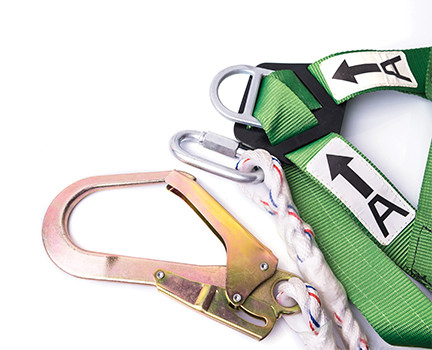
When used correctly, a personal fall arrest system (PFAS) – composed of an anchor, a harness, and a lifeline – will halt a fall and hopefully help to avoid a worker from hitting a lower level.
- D-ring shift and height: How far the D-ring shifts, and the harness stretches if a worker falls. This includes the weight of the worker and any tools/equipment on them. This shift is usually estimated at 1 foot but can alter slightly due to the equipment design. The D-ring height is measured as the distance between the D-ring and the sole of the worker’s footwear. A standard distance of 5 feet is suitable for a worker who is 6 feet tall. Shorter or taller heights and the D-ring will need to be adjusted accordingly.
- Safety distance is a minimum of 2 ft ensuring there is enough clearance between the worker and the lower level after a fall.
- Guardrail System- Need to be positioned around roof openings and the roof's perimeter. The top rails of a guardrail system must be 39 to 45 inches above the walking/working surface. The guardrail system must also be able to withstand a 200-pound force in any outward or downward direction within 2 inches of the top edge.
Many work sites have followed OSHA’s guidelines to improve their standards and to reduce the risk of trips and falls. However, every year there are still reports of accidents where a worker has fallen and either injured themselves or died. It is therefore imperative that these guidelines are implemented and referred to on a regular basis. For information about falls and trips in the workplace visit osha.gov.
Disqus website name not provided.



